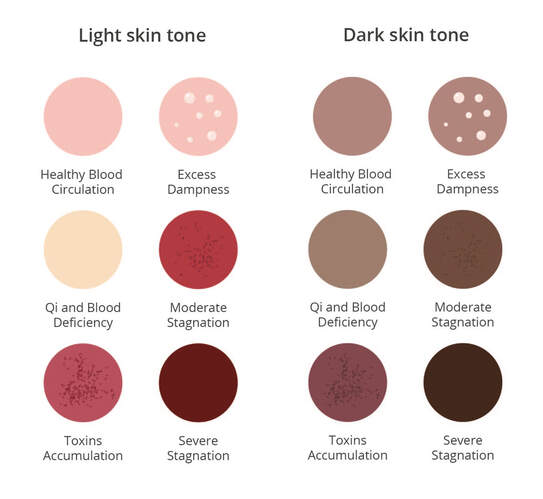CUPPING
In recent years Cupping has become very popular in the West as a treatment for musculoskeletal conditions. Athletes in particular use cupping to move stagnant blood from the muscles. Michael Phelps helped publicise Cupping when he was photographed with the circular cupping marks across his shoulders whilst competing in the pool.
In the West we generally tend to use 'Dry Cupping' but there are 4 types of cupping techniques: Dry cupping, Wet cupping, Moving cupping
and Empty cupping.
In the West we generally tend to use 'Dry Cupping' but there are 4 types of cupping techniques: Dry cupping, Wet cupping, Moving cupping
and Empty cupping.
Dry cupping
Cups are either made from glass, plastic or silicone. Traditionally they were made from bamboo. Some have small valves which restrict the flow of air within the cup and they are used in conjunction with a handheld pump.
A vacuum is created inside the cup, by either by burning the oxygen inside a glass cup with a flame or by sucking the air out using a pump. In the fire method, a flame is created by lighting an alcohol swab and holding it briefly inside the cup.
The cup is then quickly placed over an acupuncture point, on the patient’s skin. The vacuum then draws the skin up into the cup. The cup is either removed immediately or left in place for up to 15 mins.
The cup is then quickly placed over an acupuncture point, on the patient’s skin. The vacuum then draws the skin up into the cup. The cup is either removed immediately or left in place for up to 15 mins.
The low pressure inside the cup mobilises the free flow of Qi and Blood around the body. The suction effect breaks the tiny blood vessels underneath the skin, resulting in slight discolouration in the area. The body’s self-healing process is triggered, leading to an increase in blood circulation, improved lymphatic flow and the release of built-up fluid.
Wet cupping
Also known as bleed cupping, this comprises three steps: First, the practitioner creates a mild suction by leaving the cups on the skin for three minutes. The skin is then pricked lightly using a triangular-tipped needle (or plum blossom needle). The cup is re-applied to the skin to draw out a small quantity of ‘toxic’ blood.
Moving cupping
Also known as slide cupping, this involves the practitioner applying the cup to the skin before slowly moving it in one direction in a specific area. Often the practitioner will apply a little oil to the skin to aid movement. This technique works especially well on the back and is used to slide up and down the Bladder meridians. I use this when the patient has a purple tongue which indicates that there is a lot of Blood Stagnation present.
Empty cupping
This is when the cups are removed from the skin immediately after suction is created, it is repeated multiple times during a treatment. This is done to stimulate circulation over a broader area.
Cupping colours
The colour of skin will make a difference to the tone of the cupping marks. Generally, the circular area inside the cup becomes redder as blood is drawn to the surface. If there are water droplets on the skins surface, that is an indication of Damp.
If there is very little redness, that’s a sign of Qi and Blood deficiency. To the right we see a moderate redness (indicating some Qi and Blood stagnation) and then to the left we see more of a purple-red skin colour with spotting occurring (indicating toxin accumulation). In this last circle we see deep red skin colour (indicates severe Qi and Blood stagnation).
If there is very little redness, that’s a sign of Qi and Blood deficiency. To the right we see a moderate redness (indicating some Qi and Blood stagnation) and then to the left we see more of a purple-red skin colour with spotting occurring (indicating toxin accumulation). In this last circle we see deep red skin colour (indicates severe Qi and Blood stagnation).



